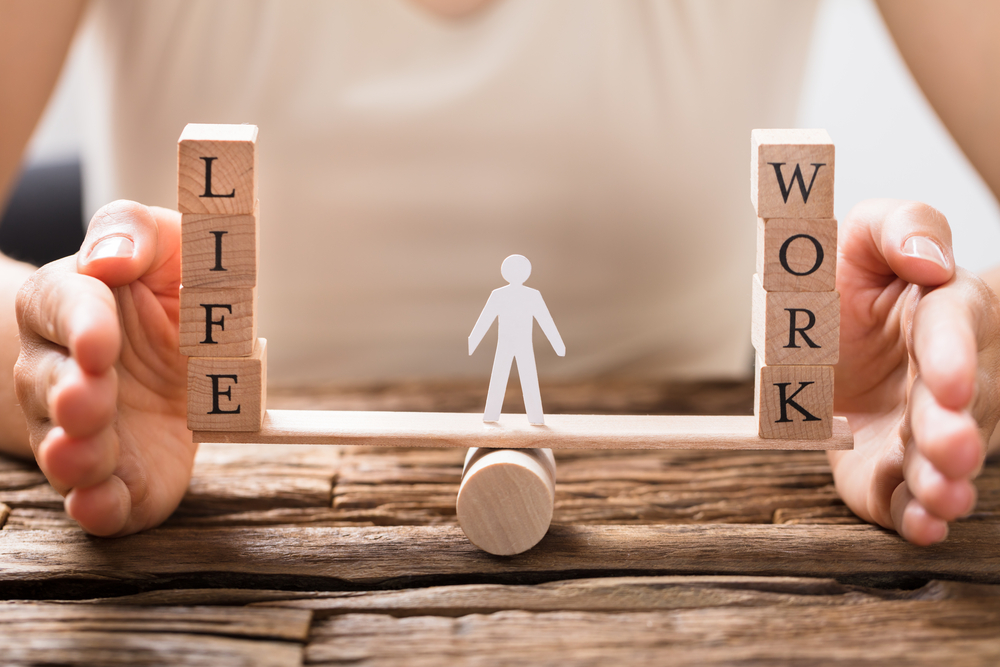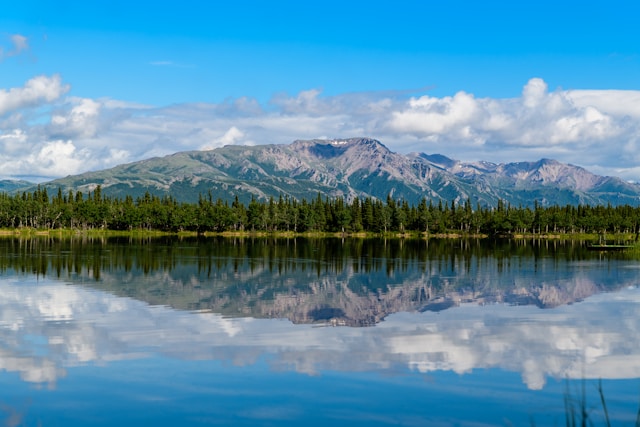More than 30,000 renters will enjoy lower power bills under a deal to boost access to solar power and other energy upgrades.
Poorly insulated older homes and locations where households experience extreme heat and cold will be a priority in the energy upgrades announced by the federal and NSW governments on Tuesday.
Some 24,000 public housing and community dwellings will be eligible for heat pump hot water systems, ceiling fans, reverse-cycle air conditioners, solar energy systems, insulation and draught proofing.
More than 10,000 households – low-income households and apartment residents – will be able to save up to $600 a year through a solar banks program to keep their homes cooler in summer and warmer in winter.
Solar banks or solar gardens allow residents who can’t install solar at home to purchase a plot in a community-owned solar array located elsewhere.
The $206 million package was great public policy for now and the future as it would save households by delivering long-term cost-of-living relief, Solar Citizens’ Heidi Lee Douglas said.
“We’ve heard horror stories around western Sydney from people who are having to make really difficult choices about whether to put food on the table for their kids or hold on to their homes,” the community organisation’s chief executive told AAP.
“It is an efficient way of delivering cost-of-living relief for those that need it most – those people in social housing.
“But it also will bring down the energy bill for all NSW residents and businesses by flooding more cheap solar energy into the energy grid.”
Similar programs are being rolled out in Queensland and Victoria, with a fourth state due to come on board this month.
Upgrading an average house from a 1-star rating to a 3-star rating can reduce energy consumption by 30 per cent.
Some $1 million will be spent on community renewable energy projects on the far south coast.
“By partnering with the Commonwealth, we will be able to roll out a series of vital upgrades and initiatives that will deliver bill savings for low-income earners, make homes more comfortable to live in and reduce carbon emissions,” NSW Energy Minister Penny Sharpe said.
Prime Minister Anthony Albanese said the package continues his government’s efforts to slow the rising cost of living and inflation.
An alliance of community groups, unions, religious organisations and schools called for mandatory minimum energy standards for existing rental properties, saying most were built without any.
“This means that those homes are the least energy efficient and therefore the most expensive to run, yet people in those homes are the ones who can least afford and who can benefit most from energy upgrades and renewable energy,” co-lead organiser of Sydney Alliance, Cat Coghlan, said.
The scheme comes on top of an energy price relief plan that cuts $500 from the bills of 1.6 million NSW low-to-middle-income households.
The NSW opposition welcomed the latest package but called for energy bill relief for all households, including high-income earners.
“(Premier) Chris Minns is determined to pick winners and losers as families and households struggle under Labor’s cost-of-living crisis,” leader Mark Speakman said.
Luke Costin and Marion Rae
(Australian Associated Press)





